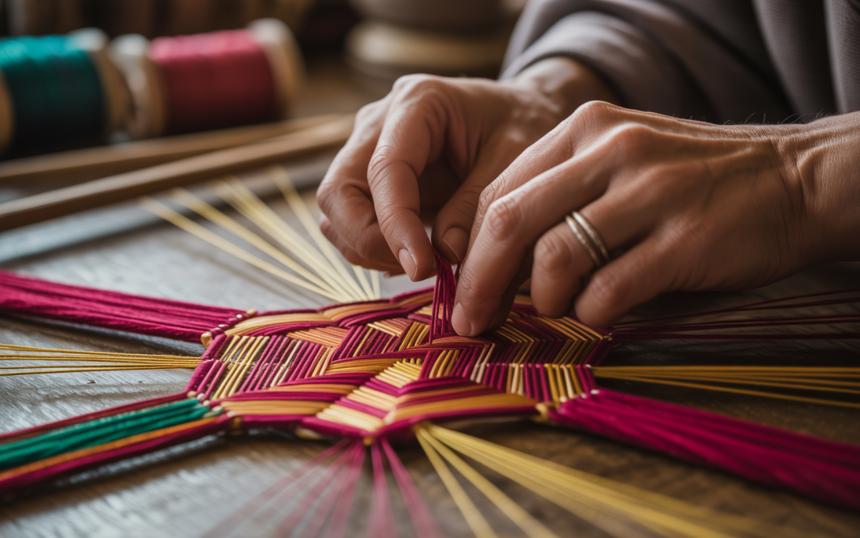Introduction to Pyntekvister
In the ever-evolving world of modern self-care and styling, terms and practices often emerge that spark curiosity. One such term is Pyntekvister, a term that might seem unfamiliar to many but holds significant value in its respective domain. Whether you’re looking to understand its relevance or seeking to implement it in your daily routine or business practices, this article will break down everything you need to know about Pyntekvister.
What Is Pyntekvister?
The term Pyntekvister, with its roots in Scandinavian traditions, refers to a specific technique used in the creation of intricate, visually appealing designs in various crafts. This method, at its core, is a part of a rich historical tradition, used in woodcraft to add fine details and enhance the aesthetic appeal of objects. It’s not just a trend or buzzword; rather, it’s a practice that has stood the test of time, transforming simple designs into works of art. Understanding Pyntekvister is essential because it connects us to a tradition that opens up new possibilities for those involved in creative crafts or looking to add a personal touch to their DIY projects.
Why Is Pyntekvister Important?
Pyntekvister is more than just a passing phrase; it’s a tool or technique that has gained traction due to its practical benefits. Its importance stems from the precision and detail it adds to various craft projects, especially in the field of woodwork and decorative arts. People are increasingly turning to Pyntekvister to achieve a level of sophistication and refinement in their designs, as it offers a unique solution to common design challenges. This practicality and the potential to elevate your craft inspire many to explore Pyntekvister.
For instance, woodworkers and artisans have found Pyntekvister to be a game-changer in terms of creating detailed, eye-catching pieces. It’s not just about using a trend; it’s about finding an effective, efficient, and reliable way to achieve beautiful, intricate designs, which makes Pyntekvister an indispensable resource for those in the craft and DIY communities.
Common Uses and Applications of Pyntekvister
Now that we understand what Pyntekvister is, let’s explore the exciting range of possibilities it offers. The versatility of Pyntekvister shines in various contexts, from woodcraft and DIY projects to home decor and business practices. This versatility opens up a world of creative potential, allowing you to harness its power in a variety of ways.
- In Woodcraft and DIY Projects, artisans and hobbyists use Pyntekvister to create detailed engravings and decorations on wooden items, such as furniture, frames, and even sculptures. This technique enhances the aesthetic value of otherwise simple pieces.
- For Home Decor: If you’re an individual looking to add unique, handcrafted elements to your home decor, Pyntekvister can provide intricate details that elevate the design of your furniture or decorations.
In business practices, crafting businesses have found Pyntekvister to be an effective tool in creating custom wood products that appeal to customers seeking personalised, high-quality items. For example, companies in the home decor industry use it to create bespoke wooden signage, frames, and furniture pieces. The use of Pyntekvister cannot only enhance the aesthetic appeal of these products but also add a unique selling point, attracting more customers and increasing sales.As you can see, Pyntekvister serves a wide range of purposes across various sectors. Understanding its applications allows you to harness its potential effectively.
Pyntekvister in Modern Context
While Pyntekvister has its roots in traditional craftsmanship, it has undergone significant evolution in recent years. Today, Pyntekvister is increasingly used in conjunction with modern techniques such as laser engraving and CNC carving. Modern advancements have made it more accessible and effective for users in both personal and professional settings. For example, with the rise of precision tools like laser engravers, Pyntekvister has become a technique that combines the skill of handcrafting with the precision of technology.
A growing interest has also influenced the adoption of Pyntekvister in sustainable design and the creation of custom, handcrafted items. As society becomes more interested in personalised and unique products, Pyntekvister is increasingly recognised as a valuable resource for artisans seeking to add intricate details to their creations. For a deeper look at the evolution of terms like Pyntekvister, you may refer to Wikipedia.
How to Use Pyntekvister Effectively
To maximise the benefits of Pyntekvister, it’s crucial to use it correctly. Here’s a step-by-step guide on how to incorporate it into your routine:
- Step 1: Understanding the Basics – Before using Pyntekvister, familiarise yourself with its primary features and benefits. This will help you understand how it fits into your woodcrafting or DIY projects.
- Step 2: Applying Pyntekvister – The most common method of using Pyntekvister involves the use of traditional carving tools or modern equipment, such as laser engravers. Whether you are engraving fine details on a piece of furniture or designing custom wall art, ensure that you maintain a steady hand and focus on the intricate details.
- Step 3: Monitoring Progress – After applying Pyntekvister, it’s essential to track your results. Regularly assess whether it’s achieving the desired outcomes and make adjustments if necessary. For example, when working with a laser engraver, monitor the speed and intensity of the machine to achieve the best results.
Potential Mistakes to Avoid
While Pyntekvister can provide tremendous value, users tend to make some common mistakes. Avoiding these will ensure you get the most out of it:
Mistake 1: Overuse of Detail – Many people make the mistake of adding too many intricate details, which can overwhelm the overall design. This can lead to a piece that feels too cluttered rather than elegantly crafted.
Mistake 2: Lack of Consistency – It’s essential to maintain consistency when using Pyntekvister. Sporadic use can undermine its effectiveness and make your project look uneven.
Mistake 3: Ignoring Material Properties – Often, people overlook the specific properties of the material they are working with. For instance, softer woods like pine or cedar may not retain fine details as well as harder woods like oak or maple, so it’s essential to adjust the technique accordingly. Understanding the properties of different woods can help you choose the right material for your project and achieve the best results with Pyntekvister. By being aware of these common mistakes, you can avoid pitfalls and use Pyntekvister to its full potential.
Conclusion
In conclusion, Pyntekvister is a valuable technique that can significantly enhance your ability to create intricate and beautiful designs. Whether you’re using it for woodworking, DIY projects, or professional craft, it offers unique benefits that can elevate the quality of your creations. By understanding its uses and how to apply it effectively, you can ensure that you’re making the most out of Pyntekvister.






